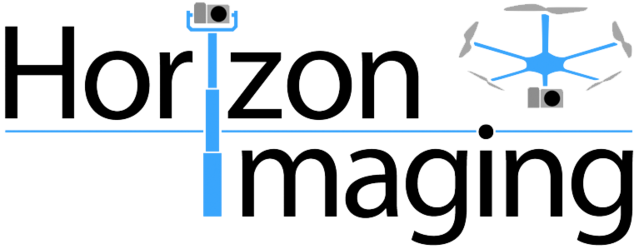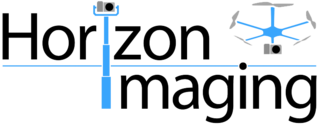Frequently Asked Questions
Frequently Asked Questions
Aerial photography involves taking photographs from above head-height. There are various methods for taking aerial photographs, involving the use of real aircraft or helicopters, tethered balloons or kites. Horizon Imaging uses radio-controlled unmanned helicopters or ‘drones’, and a 50-foot telescopic mast to capture aerial photographs from anywhere between 7 and 400 feet above the ground.
No. Horizon Imaging uses unmanned helicopters or ‘drones’ which are piloted remotely from the ground.
The digital cameras on both the drone and mast transmit a live video feed to a screen on the ground which allows the operator and client to compose the photographs in real-time before the cameras are triggered.
- Outside the hours of daylight.
- At a height exceeding 400ft above the ground.
- Further than 500m from the operator.
- Within 150m of any open-air assembly of more than 1000 persons.
- Within 50m of any vessel, vehicle or structure not under the control of the operator.
- If permission has not been granted by the landowner of the site used for take-off and landing.
- Unless the operator holds a Permission from the CAA to undertake commercial aerial photography work (please see our About page).
Yes. Horizon Imaging has held a ‘Permission for Commercial Operations’ (or a ‘Permission for Aerial Work’ as it used to be called) since the requirement was introduced in 2010. You can view our Permission on our About page.
Our drones can typically fly for approximately 25 minutes per battery before they have to land. We carry multiple sets of batteries to every shoot, and battery chargers can also be brought allowing the drones to fly almost continuously throughout the day.
We are limited by the CAA regulations (see point 4) to fly no higher than 400 feet above the take-off point. This might sound restrictive, but often only a small increase in altitude will yield a dramatically different viewpoint. Furthermore, photographs taken from 400 feet with a wide-angle lens can capture a surprisingly large area of land.
We are limited by the CAA regulations (see point 4) to fly no further than 500 metres from the drone operator.
No. To ensure the safety of everyone involved or nearby, the drone will only be flown if the area underneath its flight path is clear of people and other hazards.
In general, no. We are limited by the CAA regulations (see point 4) to fly no closer than 50m to buildings not under our control. However, if permission can be obtained from all the building owners in the flight area, and all people can be kept free of the flight area (see point 4), then this is possible.
No. Wind speeds over about 15-20mph will reduce the stability of the drone, and the resulting photographs / videos may suffer as a result. Rain would also prevent a flight from taking place, partly due to the sensitive nature of the onboard electronics, but mostly because the resulting photographs / videos would look very dull.
General Questions
Horizon Imaging is based in Hampshire, and operates throughout the South East of the UK, including London, Surrey, Kent, West Sussex, East Sussex, Essex, Hampshire, Berkshire, Oxfordshire, Wiltshire, and Dorset. However, if you have requirements outside these counties, please contact us as we may still be able to help.
All the imagery we capture has a resolution of 24 megapixels. We always shoot video in 4K but we tend to deliver the finished videos in 1080p.
Every shoot has to be judged on its own requirements and location. The number of angles required, the amount of time required on-site and travel details all need to be taken into account. Please contact us with your requirements and we will be happy to help.
Yes, all Horizon Imaging operations are covered by £5M of Public Liability Insurance.
Yes we charge VAT on all our services.
Our invoice payment period is 30 days from the date of the invoice.





